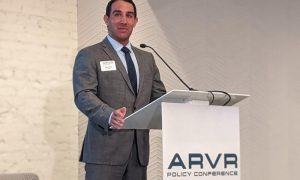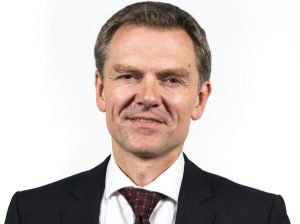
December 28, 2022 – The Federal Communications Commission on Tuesday opened the second filing window for facilities-based service providers to submit data for the commission’s broadband map.
The window will open on January 3 for providers to submit data that should identify broadband availability and other information as of December 31, 2022. The deadline to submit that data is March 1, 2023.
The commission also said the fabric, the broadband map’s data foundation, has been updated “for use in connection with the December 31, 2022, data that will be collected” in the upcoming filing window. The new fabric contains additional data sources and other improvements, including corrections from challenges to the fabric made by state and local governments and providers.

“Providers who are already licensees of the Fabric will receive an email from [FCC mapping contractor] CostQuest providing them with access to the new Fabric data on a rolling basis as the opening of the filing window approaches,” the agency said in a release Tuesday.
The agency’s preliminary map was released in November after the deadline for the commission’s first round of provider submissions, which ran between June 30 and September 1.
The map will be used by the National Telecommunications and Information Administration to distribute to the states the $42.5 billion from the Broadband Equity, Access and Deployment program.
SHLB members ask for USAC to accept funding application for health providers not yet open
The Schools, Health and Libraries Broadband Coalition is raising concern that its member organizations cannot files applications for funding from the Universal Service Fund for health care provider facilities that have not yet been opened.

According to a filing to the FCC on December 23, the organization that promotes connectivity to anchor institutions cited its members in saying that the Universal Service Administrative Company, which administers the Rural Health Care program under the USF, “will not accept an application for funding for a new eligible health care provider (HCP) until that facility has officially opened.
“This means there is no process to allow an HCP to receive funding for up to more than a year of operation,” SHLB’s letter added. “USAC has indicated it takes this approach based on direction from the FCC, so we are writing to see if you would be willing to direct USAC to change this as an administrative matter.”
SHLB said that USAC will allow a school or library to get funding under another USF program, E-Rate, with the administrative only confirming later that the new school or library opened as planned.
“There is no sound reason that HCPs should be denied funding for the funding year in which the facility expects to open,” the letter noted, citing the E-Rate process.
Earlier this year, the commission proposed to make several revisions to its Rural Health Care program, which helps such centers get access to broadband services and is one of four high-cost programs under the Universal Service Fund umbrella administered by USAC. The proposals are intended to ensure rural healthcare providers receive the funding to get access and to limit waste, fraud and abuse.
NTIA’s year-in-review
The NTIA has rounded-up its numbers over the year, including how much it has committed to tribunal connectivity and planning grants for the BEAD program.
The Commerce agency said in a blog post last week that it has this year committed $1.7 billion in grants from the Tribal Broadband Connectivity Program to more than 200 tribal entities, which is expected to connect more than 135,000 households.
It also said $304 million has been committed in planning grants to all 50 states plus Washington D.C. and Puerto Rico to help assist the states in receiving money from programs including the $42.5 billion BEAD program. All states and territories have signed up for its broadband infrastructure grant programs, which also include dedicated middle mile program and digital equity initiatives.
The agency also celebrated the election of Doreen Bodgan-Martin as head of the United Nations’ telecommunications regulator, defeating her Russian opponent.
“None of this would be possible without our terrific federal, state, and local government partners, and the many stakeholders and communities engaged in our work,” the NTIA said in the blog post. “NTIA is grateful for that partnership. Our agenda for 2023 is equally ambitious, and we look forward to working with all of you as we strive to build a better-connected world.”
Originally posted on December 29, 2022 @ 10:31 pm




